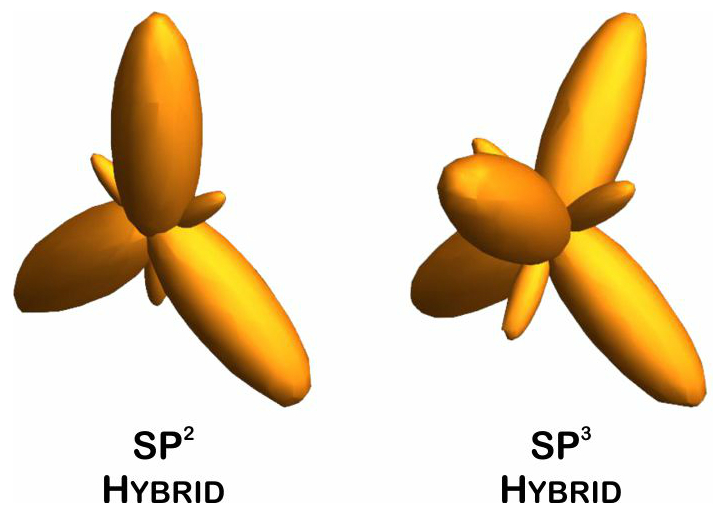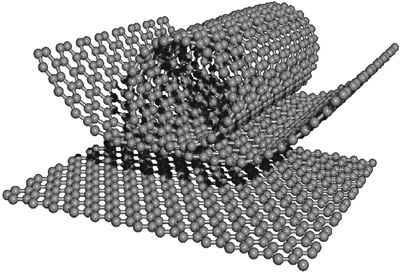How the Nano tube (multilayer) semiconductor nanoparticles interact with amines and surfactants (PhD Nano _ Microelectronics)
Researcher and author: Dr. ( Afshin Rashid)
Note: Amines and surfactants and (octadysilamine) selectively interact with semiconductor SWCNTs, provided the SWCNTs are oxidized.
Use of propylamine and isopropylamine in THF, selective adsorption on metal SWNTs . This causes the solution to condense from the metal nanotubes. Different colors of nanotube suspensions are observed, indicating the high purity of specific types of SWCNTs. Amines can also be attached to SWCNTs via covalent bonding , but in this case there is no selectivity for metal or semiconductor SWCNTs . Different surfactants are used to classify SWCNTs based on chirality. Selective separation of SWCNTs is performed using SDS solution ( salt separation solution) . Diameter- dependent and chirality dependence on general sodium surfactants for two reasons (sulfate 10), (sodium dodecyl benzene 11), (sulfonate and sodium covalent 12) It also applies to aqueous solution. SDS or the same mixture (separation solution) has a stronger bonding power with nanotubes with nanomolecules and nanoelectrons. The centrifuge has a density of 13 diameters less than the gradient. Using two competing surfactants, it is suitable for separating metal SWCNTs from semiconductors .
By separating the two surfactants SC and SDS, they have succeeded in isolating selective enrichment SWCNTs nanomolecules with a purity of more than 85%. Therefore, cosorfactants are selective about the electrical structure or chirality of SWCNTs. SDS distinguishes between nanotubes with different electronic properties. After centrifugation, the semiconductor SWCNTs are separated in small but long clusters on the liquid surface and the metal SWCNTs are suspended in the form of short separate nanotubes in the solution , while from SDS _ D2 (separation solution). Used as a nano-solution for electron separation in solvent multilayer nanotubes as a surfactant.
Conclusion :
The interaction of semiconductor (multilayer) semiconductor nanotubes with amines and surfactants to the appropriate efficiency for the separation of nanomolecules is important , and a very simple method that scales easily to separate metal and semiconductor nanotubes with purity. Presented above. The interaction of multilayer nanotubes plays a primary role in the separation of nanomolecules because there is gravity between semiconductor SWCNTs (multilayers) nanomolecules.
Researcher and author: Dr. ( Afshin Rashid)
PhD in Nano-Microelectronics




